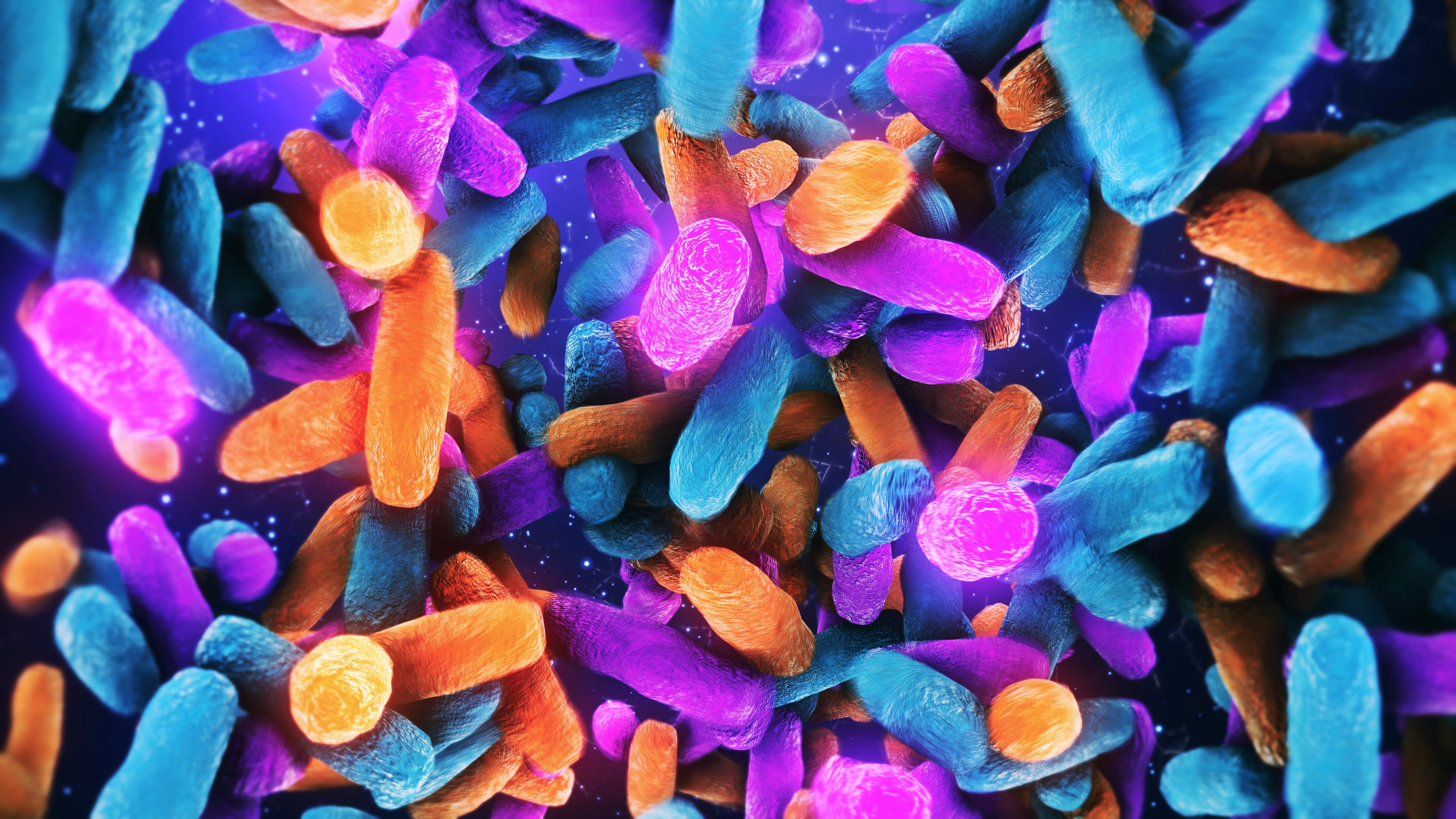Writing in the Journal of Functional Morphology and Kinesiology, researchers in Serbia and Spain explored the effects of the strain on sports performance, intestinal damage and oxidative stress biomarkers.
Certain probiotic strains have been found to strengthen the gut barrier, reduce inflammation and support nutrient absorption, and by protecting the gut, probiotics may help athletes maintain energy, recover faster and perform better.
Exercise impacts on gut health and oxidative stress
During exercise, the body diverts blood to active muscles, lungs and the heart, reducing blood flow to the intestines and compromising the integrity of intestinal epithelial cells. This disruption can damage tight junctions, allowing harmful substances to pass through and trigger inflammation and oxidative stress.
Oxidative stress occurs when reactive oxygen species (ROS) outweigh antioxidant defenses. High-intensity training increases oxygen consumption and ROS production, which can damage proteins, alter their structure and weaken muscle contractions over time.
High-intensity interval training (HIIT), which has grown in popularity, involves repeated bouts of maximal effort with little recovery. Exercising at 70% to 80% of VO₂max reduces blood flow to the gut, and both prolonged endurance and short resistance training sessions raise levels of IFABP, a marker of intestinal cell damage.
Research suggests that probiotics may help counter these effects, however, the researchers noted that no study has yet directly examined how probiotics affect intestinal damage and oxidative stress following strenuous exercise.
Study details
The randomized, double-blind, placebo-controlled, parallel study recruited 22 physically active individuals, nine females and 13 males.
After completing a strenuous exercise session, participants immediately reported their perceived exertion and provided blood samples for analysis of intestinal damage markers (IFABP) and oxidative stress indicators (PC, TAC, total proteins, GSSG, GSH and catalase).
After 24 hours, they evaluated their recovery status and performed a battery of sports performance tests, including the countermovement jump (CMJ), running-based anaerobic sprint test (RAST) and a fitness test designed to assess an individual’s ability to repeatedly perform high-intensity aerobic work (YOYO IR1). Over the following four weeks, participants consumed one capsule daily containing either 10 billion CFU of Lactobacillus plantarum (probiotic group) or a dextrose-based placebo.
Results found that the probiotic group showed significant improvements in the YOYO IR1 test, suggesting enhanced aerobic performance, and TAC levels (a marker of antioxidant capacity) significantly dropped in the placebo group but remained stable in the probiotic group.
While no significant changes were found in body composition, the researchers noted that probiotics may still influence weight through SCFA production and microbiota changes, as gut microbes ferment fibers into SCFAs (acetate, propionate, butyrate), which can promote fat oxidation and reduce fat storage.
Although the study did not measure SCFA levels in this study, prior research has linked Lactobacillus plantarum PS128 supplementation to increased SCFA levels. These SCFAs play key roles: Acetate aids energy production, propionate supports liver function and gut health, and butyrate strengthens the intestinal barrier.
The researchers noted that this could explain the lower intestinal damage markers in the probiotic group. Additionally, while the GI symptom survey showed no significant group differences, the probiotic group reported better outcomes.
They added that the uncertainty around the specific probiotic strain used limits the ability to generalize the findings and that future studies should explore the mechanisms by which probiotics affect athletic performance.
Source: Journal of Functional Morphology and Kinesiology. doi: 10.3390/jfmk10020131. “Lactobacillus plantarum Supplementation on Sport Performance, Biomarkers of Intestinal Damage, and Oxidative Stress in Recreational Athletes“. Authors: Santibañez-Gutierrez, A. et al.


